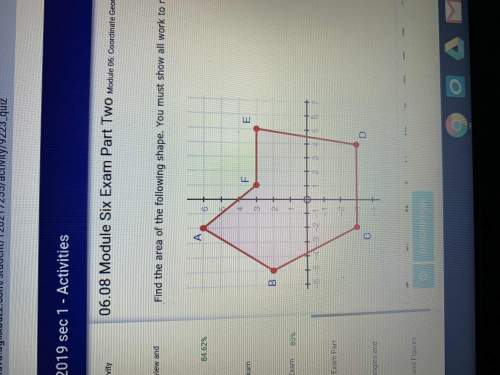
Mathematics, 01.07.2019 06:00 maddiehope6893
Suppose you deposit $2,000 in a savings account that pays interest at an annual rate of 4%. if no money is added or withdrawn, determine how many years it will take for the account to contain $3,000. a) 4 years b) 7 years c) 11 years d) 14 years

Answers: 1


Other questions on the subject: Mathematics

Mathematics, 21.06.2019 16:40, ayoismeisalex
What are the solutions to the equation 4x2+3x=24-x
Answers: 2

Mathematics, 21.06.2019 21:50, Animallover100
What is the missing reason in the proof? segment addition congruent segments theorem transitive property of equality subtraction property of equality?
Answers: 3

Mathematics, 22.06.2019 01:10, hellicuh
Evaluate 8x2 + 9x − 1 2x3 + 3x2 − 2x dx. solution since the degree of the numerator is less than the degree of the denominator, we don't need to divide. we factor the denominator as 2x3 + 3x2 − 2x = x(2x2 + 3x − 2) = x(2x − 1)(x + 2). since the denominator has three distinct linear factors, the partial fraction decomposition of the integrand has the form† 8x2 + 9x − 1 x(2x − 1)(x + 2) = correct: your answer is correct. to determine the values of a, b, and c, we multiply both sides of this equation by the product of the denominators, x(2x − 1)(x + 2), obtaining 8x2 + 9x − 1 = a correct: your answer is correct. (x + 2) + bx(x + 2) + cx(2x − 1).
Answers: 3
You know the right answer?
Suppose you deposit $2,000 in a savings account that pays interest at an annual rate of 4%. if no mo...
Questions in other subjects:



Mathematics, 26.07.2019 01:00



Mathematics, 26.07.2019 01:00


Mathematics, 26.07.2019 01:00





